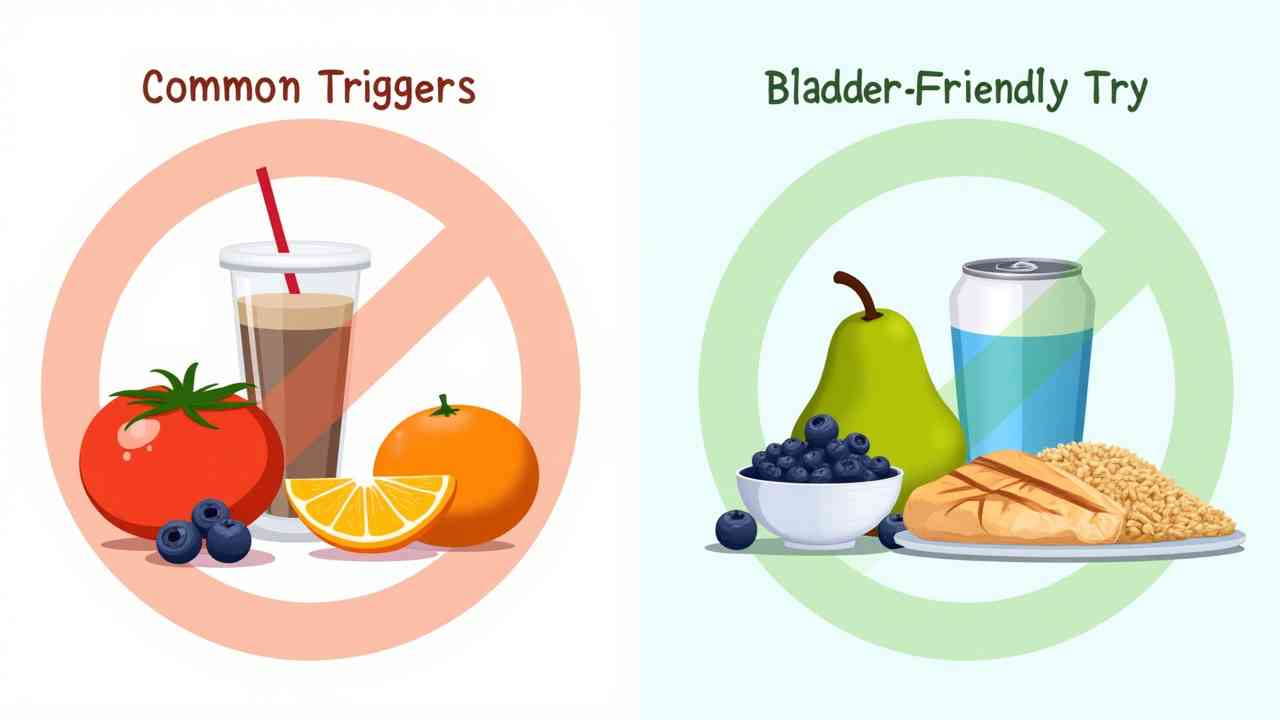
💧 A Guide to the IC Diet (For Bladder Pain Relief)
💧 A Guide to the IC/BPS Diet (For Bladder Pain Relief) 💧
❗ CRITICAL MEDICAL INFORMATION: The Interstitial Cystitis/Bladder Pain Syndrome (IC/BPS) diet is a therapeutic elimination diet. It should be undertaken with the guidance of a doctor, urologist, or a registered dietitian who specializes in IC. It is a tool for managing a medical condition, not a general health diet.
Living with Interstitial Cystitis or Bladder Pain Syndrome can be a daily challenge. The constant bladder pain, urgency, and frequency can be debilitating. While medical treatments are essential, many people find that their diet plays a huge role in managing their symptoms. This is where the IC diet comes in.
The diet is not a cure. It is a powerful tool to help you identify your personal food triggers. By avoiding the foods that irritate your bladder, you can significantly reduce your pain and improve your quality of life. This guide will explain how it works. ✅
🤔 What is the Core Philosophy of the IC/BPS Diet?
The core philosophy is simple. It is an elimination diet. The goal is to first remove all potential bladder-irritating foods from your diet. This allows your bladder to calm down and your symptoms to improve. Then, you slowly reintroduce foods one at a time to see what, specifically, causes a flare-up for you.
It is crucial to understand that there is no single "IC diet" that works for everyone. Food triggers are highly individual. One person's safe food might be another person's biggest trigger. The diet is a process of personal discovery.
🚫 What Are the Most Common Bladder-Irritating Foods to Avoid?
During the elimination phase, you will avoid a list of the most common offenders. Many of these are acidic or act as diuretics. A good way to remember the biggest culprits is the "Four C's."
The most common triggers to avoid on the IC diet are:
- Coffee: Both regular and decaf. This is often the number one trigger for many people.
- Carbonated Beverages: All sodas and sparkling waters.
- Citrus Fruits: Oranges, lemons, limes, and grapefruit.
- Vitamin C: In high doses found in supplements and fortified foods.
Other major potential triggers include:
- Tomatoes and tomato products
- Spicy foods (like Turkish "pul biber")
- Chocolate
- Alcohol
- Artificial sweeteners
✅ What Are Some "Bladder-Friendly" Foods to Eat?
During the elimination phase, you will build your meals around foods that are generally considered safe and non-irritating. The good news is, there are still many delicious options!
Some popular low-acid, bladder-friendly foods include:
- Fruits: Pears and blueberries are often the safest fruits to start with.
- Vegetables: Cucumbers, broccoli, cauliflower, mushrooms, and squash are all great choices. The autumn season here in Bursa is perfect for enjoying safe vegetables like pumpkin ("balkabağı"). 🎃
- Protein: Plain chicken ("tavuk"), fish, beef, and eggs are all well-tolerated.
- Grains: Rice and oats are generally considered safe.
- What is the Reintroduction Phase?
After you have followed the elimination diet for a few weeks and your symptoms have improved, the real work begins. Under the guidance of your doctor or dietitian, you will start to reintroduce the avoided foods, one at a time. You will try a small amount of a single food and wait a few days to see if it causes a flare.
This careful process is the only way to build your personal IC diet food list. It is a journey that requires patience. But it is the key to taking control of your symptoms and finding long-term relief. 💧